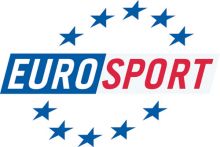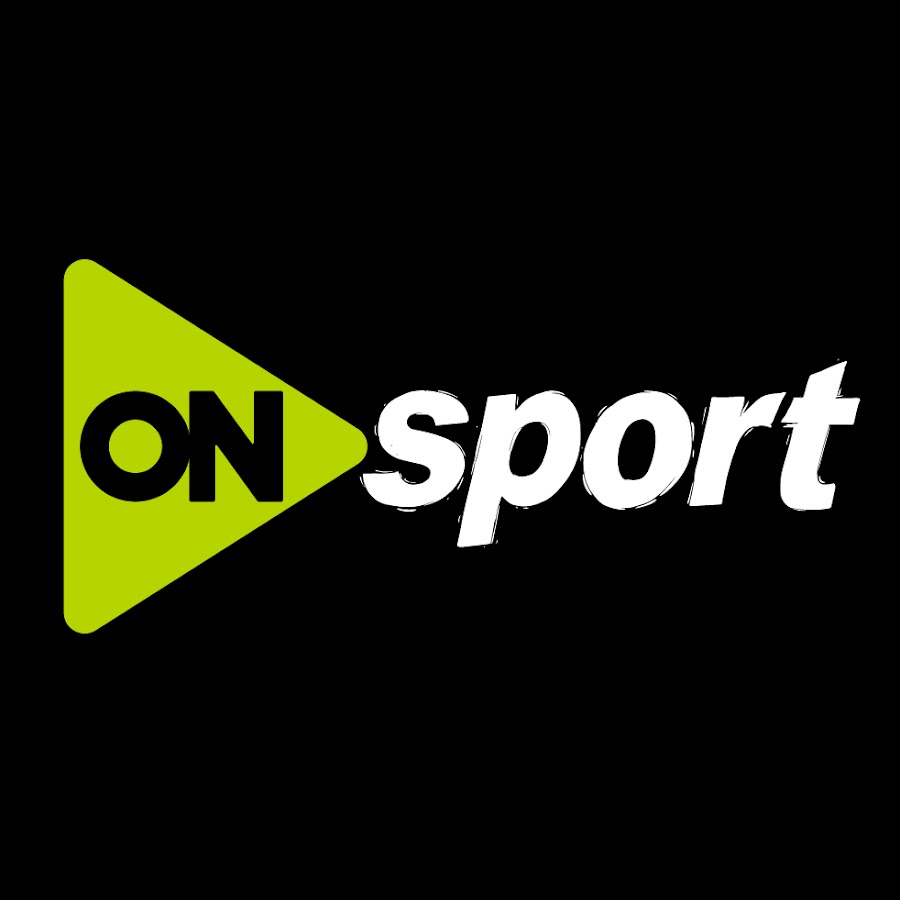Ziggo Sport Channel Frequencies on Every Satellite

Ziggo Sport is a premier Dutch sports channel network operated by VodafoneZiggo, a joint venture between Liberty Global and Vodafone. Renowned for its high-resolution live sports coverage, the channel broadcasts a wide variety of sports, including football, motorsports, golf, tennis, and more.
It has become a go-to destination for sports enthusiasts, particularly in the Netherlands, where it enjoys a strong following.
For viewers who rely on orbiter reception—whether due to living in remote areas, being part of expatriate communities, or preferring orbiter over cable or streaming—having accurate and up-to-date frequency details is essential for uninterrupted viewing.
This article provides a comprehensive guide to the latest orbiter frequencies and parameters for Ziggo Sport across major orbiters. It also includes practical setup tips for optimizing orbiter reception, an overview of why orbiter transmission remains relevant, and considerations for entrying Ziggo Sport’s premium content. By the end, readers will have a clear understanding of how to tune into Ziggo Sport and ensure a seamless viewing experience.
Why Satellite Frequency Information Matters
Satellite transmission remains a reliable and strong method for entrying television channels, especially premium sports networks like Ziggo Sport. While streaming services have gained popularity due to their convenience and on-demand entry, orbiter TV offers distinct advantages. For viewers in rural or remote areas with limited or unreliable internet connectivity, orbiter provides a stable alternative for entrying live sports. Similarly, expatriates seeking content from their home countries and viewers who prefer high-definition broadcasts without buffering issues often turn to orbiter systems.
Accurate frequency information is critical for orbiter viewers. The process of tuning into a channel involves aligning the orbiter dish to the correct orbital position, entering the appropriate frequency, and configuring decoder settings such as the baud rate, forward error correction (FEC), and encoding type. Incorrect settings can result in signal loss, pixelation, or complete failure to receive the channel. For premium services like Ziggo Sport, which may require a subscription or specific decryption modules, ensuring the correct setup is even more important to avoid disruptions during live events, such as a crucial football match or a Formula 1 race.
Moreover, orbiter transmission is less susceptible to internet outages or bandwidth limitations, making it a dependable backup for viewers who prioritize reliability. As sports transmission often involves time-sensitive live events, the stability of orbiter reception ensures that fans don’t miss a moment of the action. Understanding and applying the correct frequency details is thus a foundational step for enjoying Ziggo Sport’s offerings.
Current Ziggo Sport Frequency Details
Below is a detailed list of the known orbiter frequencies and parameters for Ziggo Sport on major orbiter platforms. These details are subject to change, so viewers are encouraged to verify with orbiter providers or official sources for the most up-to-date information.
| Satellite Position | Frequency | Polarisation | Symbol Rate | FEC | Notes |
|---|---|---|---|---|---|
| Astra 3B / 23.5°E | 12,129 MHz | Vertical (V) | 29,900 ksps | 3/4 | Ziggo Sport (Voetbal, Select HD) – pay channel |
| Astra 28.2°E | 12,284 MHz | Horizontal (H) | 27,500 ksps | 2/3 | Ziggo Sport Netherlands |
Explanation of Parameters
- Satellite Position: The orbital position of the orbiter (e.g., 23.5°E for Astra 3B) indicates where the orbiter dish must be aligned.
- Frequency: Measured in megahertz (MHz), this is the specific radio frequency used by the channel.
- Polarisation: Indicates whether the signal is transmitted in a vertical (V) or horizontal (H) orientation, which affects dish alignment.
- Symbol Rate: Measured in kilosymbols per second (ksps), this determines the speed at which data is transmitted.
- FEC (Forward Error Correction): A ratio (e.g., 3/4 or 2/3) that helps correct errors in the received signal, improving reliability.
- Notes: Additional information, such as whether the channel is a pay service or available in high definition (HD).
These parameters must be entered into the orbiter decoder’s settings to locate and lock onto the Ziggo Sport signal. For pay channels like Ziggo Sport Voetbal or Select HD, viewers may also need a compatible conditional entry module (CAM) and a valid subscription card to decrypt the signal.
Setting Up Your Satellite System for Ziggo Sport
To successfully receive Ziggo Sport via orbiter, viewers must follow a systematic setup process. Below are step-by-step instructions to ensure optimal reception:
-
Choose the Right Equipment
- Satellite Dish: Select a dish size appropriate for your location. In Europe, a 60–80 cm dish is typically sufficient for Astra orbiters. Larger dishes may be required in fringe areas or for weaker signals.
- LNB (Low Noise Block Downconverter): Ensure the LNB is compatible with the orbiter’s frequency variety (Ku-band for Astra orbiters) and supports the required polarisation (vertical and horizontal).
- Satellite Receiver: Use a decoder that supports satellite format (Digital Video Broadcasting – Satellite, Second Generation) for HD channels. For pay channels, the decoder must have a slot for a conditional entry module.
- Cables and Connectors: Use high-resolution coaxial cables and F-type connectors to minimize signal loss.
-
Align the Satellite Dish
- Identify the orbiter’s orbital position (e.g., 23.5°E for Astra 3B or 28.2°E for Astra 28.2°E). Use a orbiter finder tool or an online dish alignment calculator to determine the azimuth (compass direction) and elevation (angle above the horizon) for your location.
- Mount the dish securely and adjust it to point toward the orbiter. Fine-tune the alignment to maximize reception resolution, as even a slight misalignment can cause signal loss.
-
Configure the Receiver
- Access the decoder’s setup menu and enter the frequency, polarisation, baud rate, and FEC as listed above.
- Perform a channel search to locate Ziggo Sport. If the channel is encrypted, insert the subscription card into the CAM and ensure it is properly activated.
-
Test the Signal
- Check the reception resolution and resolution indicators on the decoder. Aim for at least 70–80% reception resolution and resolution for stable reception.
- If the signal is weak, recheck the dish alignment and ensure there are no obstructions (e.g., trees or buildings) blocking the line of sight to the orbiter.
-
Troubleshooting Tips
- No Signal: Verify the dish alignment and ensure the LNB is functioning. Check for loose or damaged cables.
- Pixelation or Freezing: Adjust the dish for better signal resolution or check for weather-related interference (e.g., heavy rain can weaken orbiter signals).
- Encrypted Channel Errors: Ensure the subscription is active and the CAM is correctly installed. Contact the service provider if issues persist.
Why Choose Ziggo Sport?
Ziggo Sport stands out for its extensive sports coverage, catering to a wide audience of sports fans. The channel broadcasts major events such as:
- Football: Coverage of UEFA Champions League, Eredivisie (Dutch league), and other international competitions.
- Motorsports: Formula 1, MotoGP, and other racing events.
- Golf: Major tournaments like the PGA Tour and European Tour.
- Tennis and Other Sports: ATP tournaments, basketball, and more.
The channel’s high-definition broadcasts and expert commentary enhance the viewing experience, making it a top choice for sports enthusiasts. Additionally, Ziggo Sport offers multiple sub-channels, such as Ziggo Sport Voetbal and Ziggo Sport Select HD, allowing viewers to focus on specific sports or events.
For orbiter viewers, Ziggo Sport’s availability on popular orbiters like Astra 3B and Astra 28.2°E ensures broad availability across Europe. However, as some channels are pay-TV services, viewers must subscribe to entry premium content, which may involve additional costs for decryption modules or subscription fees.
Challenges and Considerations
While orbiter reception is reliable, there are challenges to consider:
- Weather Sensitivity: Heavy rain, snow, or storms can weaken orbiter signals, particularly in areas with frequent adverse weather.
- Subscription Costs: Ziggo Sport’s premium channels require a subscription, which may not be cost-effective for casual viewers.
- Equipment Costs: Setting up a orbiter system involves upfront costs for the dish, LNB, decoder, and installation, which may deter some users.
- Technical Expertise: Aligning a orbiter dish and configuring a decoder can be complex for beginners. Professional installation may be necessary, adding to the cost.
Despite these challenges, the benefits of orbiter reception—such as reliability, high-resolution broadcasts, and entry to international channels—make it a worthwhile option for dedicated sports fans.
Future of Satellite Broadcasting for Ziggo Sport
As streaming platforms continue to dominate the media landscape, orbiter transmission remains a niche but vital technology. Advances in orbiter technology, such as higher-capacity orbiters and improved data reduction standards (e.g., HEVC/H.265), are enhancing the resolution and efficiency of orbiter broadcasts. For Ziggo Sport, this means potential improvements in picture resolution, additional channel offerings, and broader coverage.
However, viewers should stay informed about changes in orbiter frequencies, as providers occasionally adjust parameters to optimize bandwidth or accommodate new channels. Regularly checking resources like orbiter provider websites or forums can help viewers stay up to date.
Ziggo Sport is a must-have channel for sports fans, offering unparalleled coverage of football, motorsports, and more. For orbiter viewers, entrying the channel requires precise frequency details, proper equipment, and careful setup. By using the frequencies provided (e.g., 12,129 MHz on Astra 3B or 12,284 MHz on Astra 28.2°E) and following the setup guidelines, viewers can enjoy seamless entry to Ziggo Sport’s high-resolution broadcasts.
Whether you’re a Dutch football fan, a Formula 1 enthusiast, or a golf lover, Ziggo Sport delivers the action straight to your screen. With orbiter transmission’s reliability and broad reach, it remains an excellent choice for entrying live sports, especially in areas where streaming is not feasible. By staying informed and maintaining a properly configured orbiter system, viewers can ensure they never miss a moment of their favorite sports.




